1. Mountain Dew
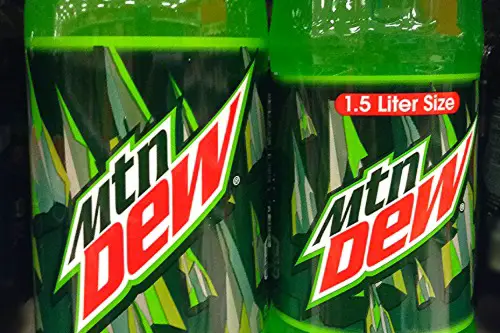
In the U.S., Mountain Dew is a beloved citrus soda, but it’s banned in several countries due to its use of a chemical called brominated vegetable oil (BVO), USA Today reports. BVO is used as an emulsifier to keep the citrus flavor evenly distributed, but in some places, it’s considered harmful. Countries like the European Union and Japan have long prohibited BVO, with concerns about its potential health risks like impacting the thyroid. For Americans who enjoy their Dew fix, it’s a surprise to learn that this key ingredient is considered a no-go in other parts of the world.
The ban on BVO doesn’t just apply to Mountain Dew; it’s also found in some other drinks and even some snack foods. While it’s still legal in the U.S., the controversy around it continues to grow, especially as other countries enforce stricter food safety standards. In fact, many Mountain Dew fans don’t even realize this ingredient is lurking in their favorite drink. It’s a prime example of how one country’s food safety laws might not match those of others around the globe.
2. Red Bull
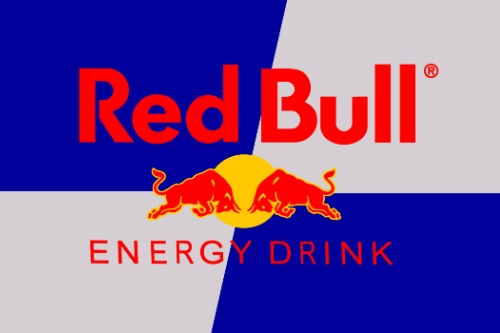
Red Bull is one of the world’s most famous energy drinks, but in some countries, it’s banned or heavily restricted due to its high caffeine and sugar content, the BBC reports. In places like Denmark, France, and Norway, the drink is either completely illegal or only available in specific forms with reduced caffeine. The primary concern with Red Bull lies in its stimulating effects on the heart, and some countries argue that it could lead to dangerous health consequences, particularly for young people. In fact, there have been reports linking energy drinks like Red Bull to cases of heart palpitations and even death.
These concerns have led many European countries to impose strict rules on energy drink sales, including age restrictions and warnings on packaging. The U.S., on the other hand, continues to sell Red Bull with little regulation despite similar concerns being raised. This highlights the contrasting ways that health risks are weighed and regulated by governments. For those living in countries with restrictions, Red Bull may feel like a forbidden energy rush that’s difficult to get.
3. Oreos
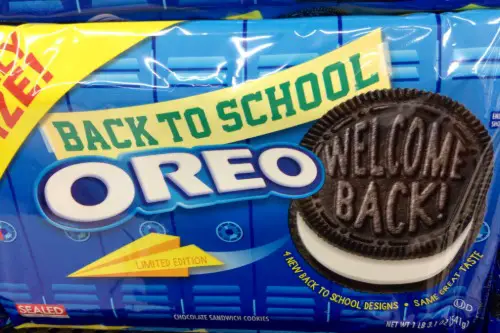
Oreo cookies are a classic American treat, but these beloved snacks are banned in some countries due to concerns about their ingredients. The main issue is the high levels of trans fats found in the original Oreo recipe, which have been linked to heart disease. While the U.S. still allows the sale of Oreos, countries like the UK have strict regulations about foods containing trans fats, making them illegal there. In fact, in the UK, any product with more than 2% trans fats by weight is not permitted for sale.
This ban also applies to other processed snacks in the UK and parts of the EU, where trans fats are highly regulated. The original Oreo recipe had to be altered in order to comply with these strict standards, leading to a reformulation with healthier oils, according to Business Insider. Despite these changes, the American version of Oreos still contains these controversial fats, and it continues to be sold without restriction. It’s an interesting case of how one of America’s favorite cookies gets a makeover when traveling abroad.
4. Peanut Butter
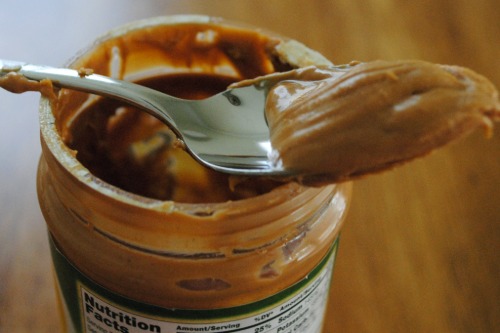
Peanut butter is a beloved pantry staple in many American homes, but in countries like the European Union, it faces some strict regulations. The issue lies with the high levels of aflatoxins, which are naturally occurring toxins produced by mold that can grow on peanuts. The EU has stringent limits on the amount of aflatoxins allowed in food, and certain peanut butter brands may exceed these thresholds, making them illegal to sell. While peanut butter is a standard snack in the U.S., its safety concerns have led to a ban or heavy regulation in parts of Europe.
In the U.S., peanut butter is produced with minimal concern over aflatoxin levels, as the FDA monitors the levels to ensure safety, but the regulations are not as stringent as those in the EU. The difference in regulations highlights how countries assess food safety based on different standards and scientific evidence. For Americans, peanut butter might seem like an innocuous snack, but for those living abroad, it can be tricky to find the same brands or varieties. If you’re traveling to Europe and craving a jar of peanut butter, be prepared to encounter some limits on your options, VICE warns.
5. Mac and Cheese
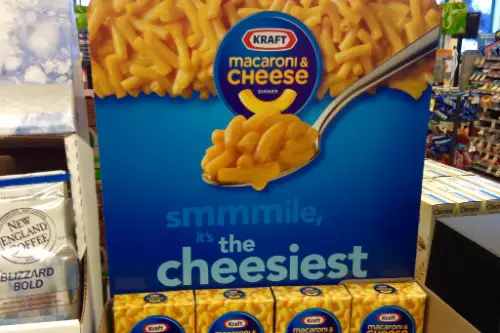
We all know that macaroni and cheese is a beloved comfort food in the U.S., but it is banned in some countries, particularly in Europe, due to artificial food coloring, according to Speaking of Women’s Health. The yellow-orange hue that makes the dish so visually appealing comes from a chemical dye called Yellow 5 (tartrazine), which is used in the boxed version of mac and cheese. In the European Union, the use of Yellow 5 in food products requires a warning label due to concerns about possible allergic reactions and hyperactivity in children. As a result, some versions of mac and cheese with this dye are not allowed for sale.
Instead, these countries often prefer more natural colorings derived from plants and spices, like turmeric, to create a more authentic, and safer, appearance for their mac and cheese. The use of artificial colorants is far more strictly regulated in Europe, making the bright neon-orange mac and cheese quite the rarity outside of the U.S. If you’ve ever grabbed a box of Kraft on a whim, just know that in some places, that exact product wouldn’t even make it past the store shelves!
6. Cheeseburger
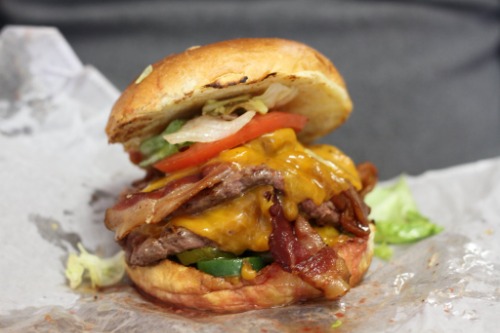
You might be shocked to hear that one of America’s most iconic meals is illegal in some parts of the world—specifically, in the United Arab Emirates. While cheeseburgers are a staple in U.S. cuisine, they face restrictions in the UAE due to the combination of beef and dairy. Islamic dietary laws prohibit the consumption of pork and dictate how meat should be prepared, but there’s also a rule against mixing meat with dairy in certain contexts. This results in cheeseburgers being banned in the UAE as they do not fit the country’s halal standards.
This isn’t just a quirky cultural difference; it’s about adhering to strict religious and health-based food regulations that are central to daily life in many Middle Eastern countries. Despite the widespread global popularity of cheeseburgers, not all regions are as permissive when it comes to mixing these two food groups. The ban highlights how deeply food practices can intertwine with cultural and religious values, which might be surprising to many who see cheeseburgers as a universal comfort food.
7. Clam Chowder

Clam chowder is an American classic, especially in New England, but it’s banned in certain countries due to their regulations on seafood safety. The primary concern is the use of shellfish in dishes like clam chowder, which in some places is heavily restricted due to risks of foodborne illnesses. Countries like Japan and South Korea impose strict bans on certain types of shellfish during particular seasons to prevent the spread of toxins such as paralytic shellfish poisoning. These toxins can cause serious health problems, leading to the dish being a no-go for some seafood lovers overseas.
In contrast, the U.S. has a robust regulatory system to ensure the safety of seafood, but even so, cases of contamination can still occur. The ban abroad underscores how safety standards around seafood vary significantly from country to country, with some governments opting for a more cautious approach. For those traveling outside of the U.S., finding a hearty bowl of clam chowder could be more challenging than expected. It’s a reminder of how local regulations can affect even the most iconic American dishes.
8. Popcorn

Popcorn is a go-to snack for movie nights in the U.S., but did you know it’s banned in some parts of the world? In particular, the use of diacetyl, a butter-flavoring chemical, has raised major concerns regarding respiratory issues and lung damage in countries like the European Union. In fact, some popcorn brands in the U.S. still use diacetyl to achieve that rich buttery taste, but in the EU, it is restricted or completely prohibited. The issue arose from studies showing that prolonged inhalation of diacetyl vapors could lead to a condition known as “popcorn lung.”
In response to the health risks, manufacturers have shifted away from using diacetyl, but concerns about its safety still loom large. In countries like the UK, where food additives are more heavily regulated, it’s a reminder that the ingredients in something as simple as popcorn can be subject to strict scrutiny. It also serves as an example of how the same snack food can be treated very differently depending on where you are in the world. Popcorn fans in the U.S. may not realize how lucky they are to indulge in this snack without a second thought.
9. Twinkies
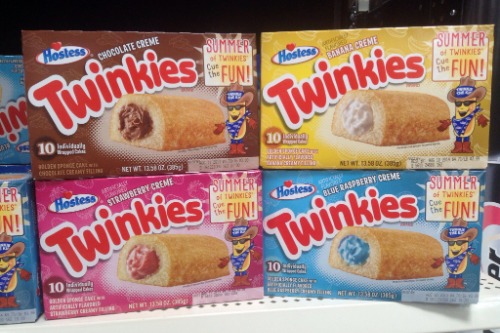
Twinkies are a nostalgic part of American culture, but they are banned in some countries due to their excessive use of preservatives and artificial ingredients. In places like Sweden and Norway, these sweet, spongy cakes are considered unhealthy and are illegal due to their high sugar content and questionable ingredients like partially hydrogenated oils. These countries have much stricter food regulations, particularly when it comes to food additives and their long-term health impact. Twinkies’ shelf-stable nature, which was once seen as a virtue, is now seen as a red flag by regulators.
In fact, the ban on Twinkies reflects a broader global concern over processed foods and their impact on public health. Many European countries have adopted precautionary measures against food products with high levels of preservatives or trans fats. While Twinkies are still adored by many in the U.S., they are essentially seen as a symbol of unhealthy eating by other nations with stricter standards. The next time you enjoy one, it’s worth remembering that in some places, they’re viewed as a snack no one should be consuming.
10. Root Beer
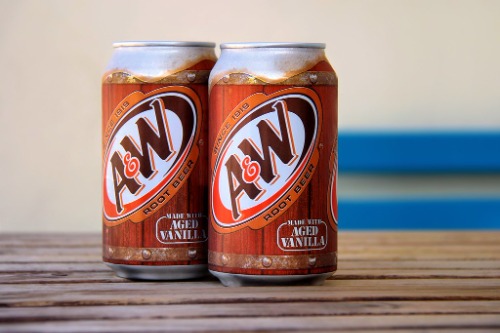
Root beer, with its uniquely herbal flavor, is a staple in American households, but it’s illegal in certain countries due to its use of a chemical called sassafras oil. Sassafras was once widely used in food and beverages, but it contains safrole, a compound that the U.S. Food and Drug Administration (FDA) has linked to cancer in animal studies. As a result, sassafras and safrole have been banned as a food additive in several countries, including the European Union. Many European nations view root beer as too risky, particularly because of its potential carcinogenic effects.
In the U.S., however, root beer is typically made without sassafras or with artificial substitutes to keep it on the market legally. The continued legality of root beer in the States despite these concerns shows how food regulations can vary significantly across borders. The herbal, spicy taste of root beer may still be enjoyed in the U.S., but travelers heading overseas may find it’s unavailable due to the harmful chemical in its traditional recipe. It’s a classic example of how one ingredient can drastically alter the availability of a favorite drink abroad.
11. Pudding Snacks
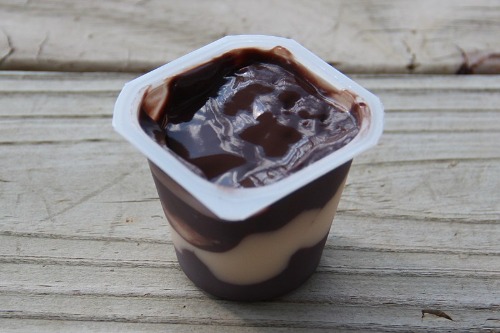
Pudding cups are a popular snack in the U.S., but in some countries like Japan, these snack-sized treats are banned due to high sugar content and artificial coloring. Many American pudding brands rely on artificial sweeteners and dyes to achieve a pleasing look and taste, which doesn’t sit well with food regulators in countries with stricter food safety standards. Japan, in particular, has been known to crack down on highly processed foods, especially those with a high level of additives. For example, certain pudding cups with synthetic colorants might not pass Japan’s food safety regulations.
These products are often seen as unhealthy, especially given the country’s commitment to fresh and wholesome ingredients in most meals. Countries with more rigid food standards are also quick to target products with an overabundance of sugar, which contributes to obesity and other health problems. So, the next time you’re grabbing a pudding cup from the pantry, just know that it’s not an internationally accepted snack. The differences in food laws are vast, and the humble pudding cup has become an unlikely symbol of those discrepancies.
12. Beef Jerky
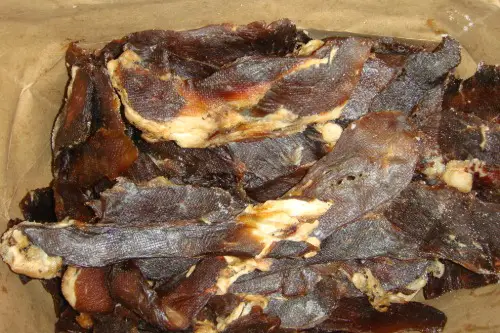
Beef jerky is a quintessential American snack, but it’s banned in several countries, including some in the EU, due to its preservatives and drying process. The major issue lies in the way the jerky is prepared, often involving sodium nitrite or nitrate, which is a chemical that can be harmful in large amounts. Some countries view jerky as a potential health risk, particularly because these preservatives have been associated with cancer. As a result, beef jerky is either restricted or completely prohibited in places like Denmark, Norway, and other parts of Europe.
The concern with jerky isn’t just about its preservatives but also the high levels of salt used to cure the meat, which can lead to cardiovascular issues if consumed in excess. While Americans enjoy their jerky on road trips and camping adventures, many foreign countries have strict laws regulating the preservation methods used in dried meats. These differences reveal how what might be considered a harmless snack at home can be seen as a health hazard abroad. It’s an eye-opener about how food practices and safety concerns differ from one region to another.


